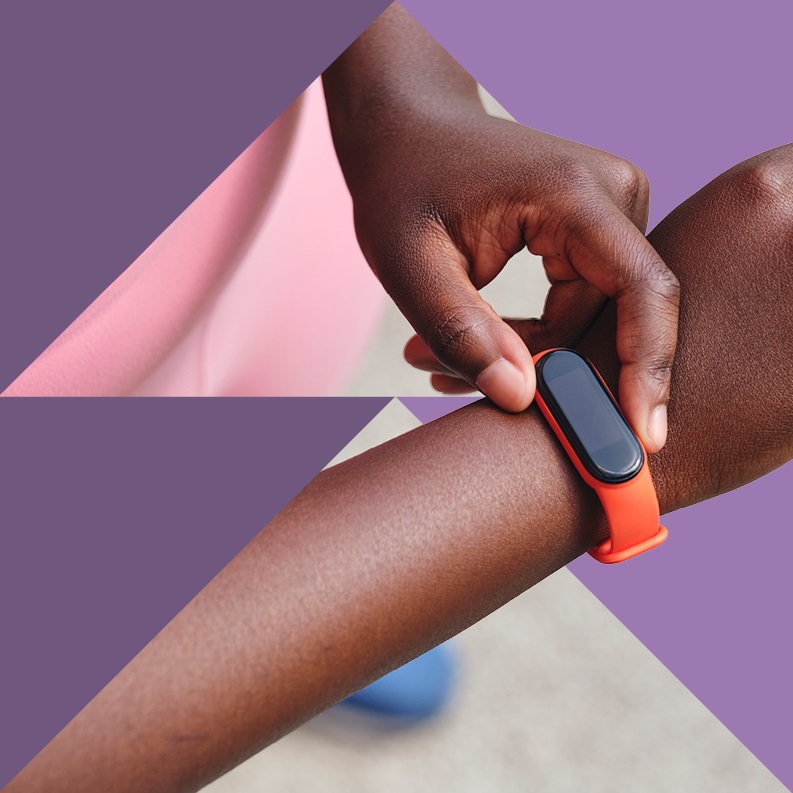
Project Starline: Google Unveils the Future of Video Calls
Published 31 May 2021
Charlotte Rickards
Can technology create the feeling of being with someone, as if they are physically there, even when miles apart? With advancements in tech such as machine learning (ML), a new era of hyper-naturalistic virtual connection is on the horizon – cue the launch of Google’s new initiative, Project Starline.
Project Starline: Google Unveils the Future of Video Calls


Topics

Want to see the full report?
Offering access to over 350 consumer and cross-industry reports annually, Stylus Membership is your window to tomorrow’s most exciting opportunities.
We already arm more than 500 of the world’s most forward-thinking brands and agencies with the creative insights they need to make transformative business decisions.
We’d love to do the same for you.
Book a demo with us today to discover more.
More Reports From Stylus
More Reports From Stylus
CES 2026: Trends Preview
CES 2026 (January 6-9, Las Vegas) gathers over 4,000 exhibitors – from leading tech brands to start-ups – to reveal the tech industry’s most innovative upcoming product launches and groundbreaking concepts. Our editors share the products they anticipate...











